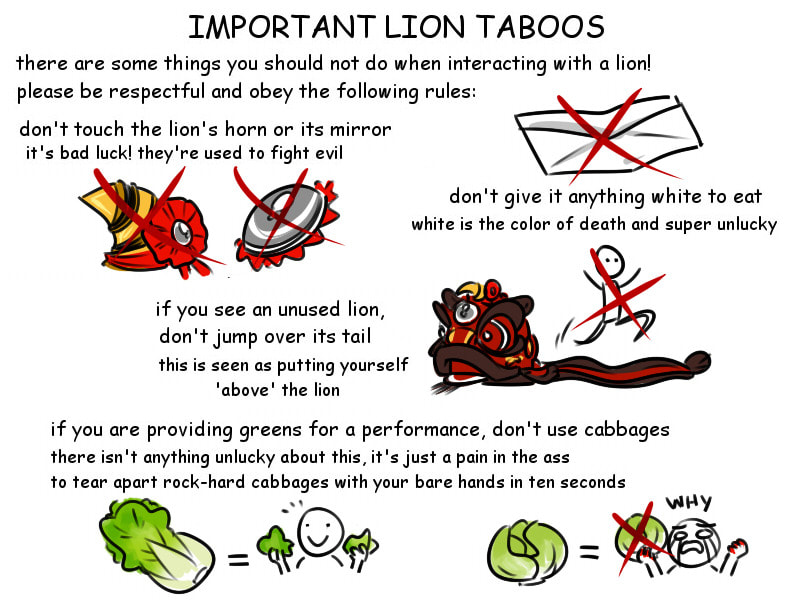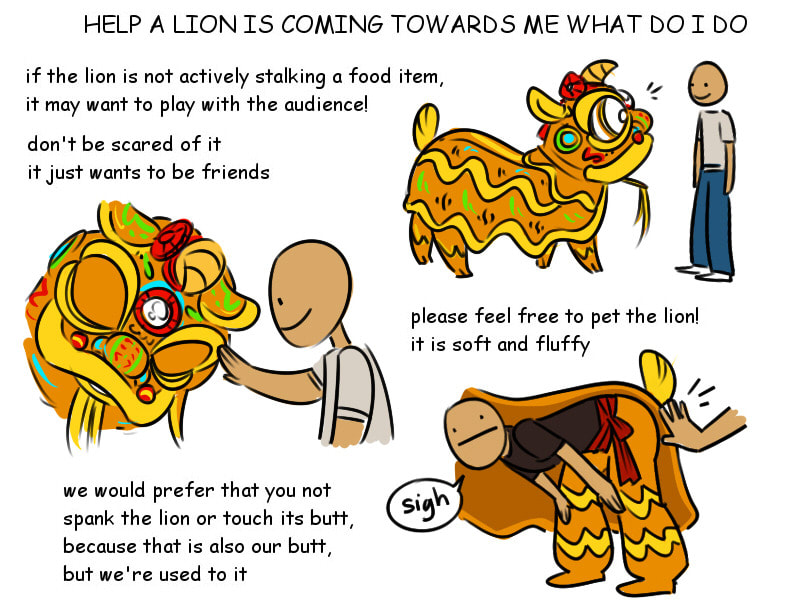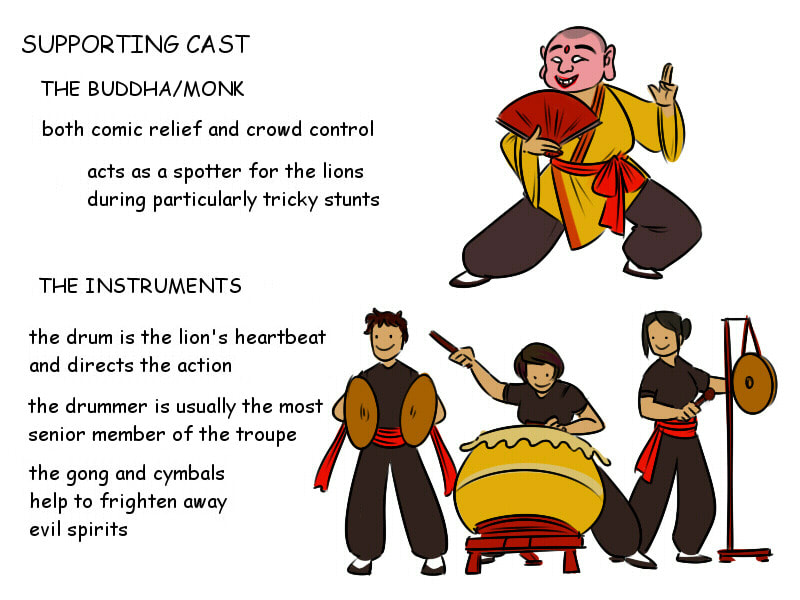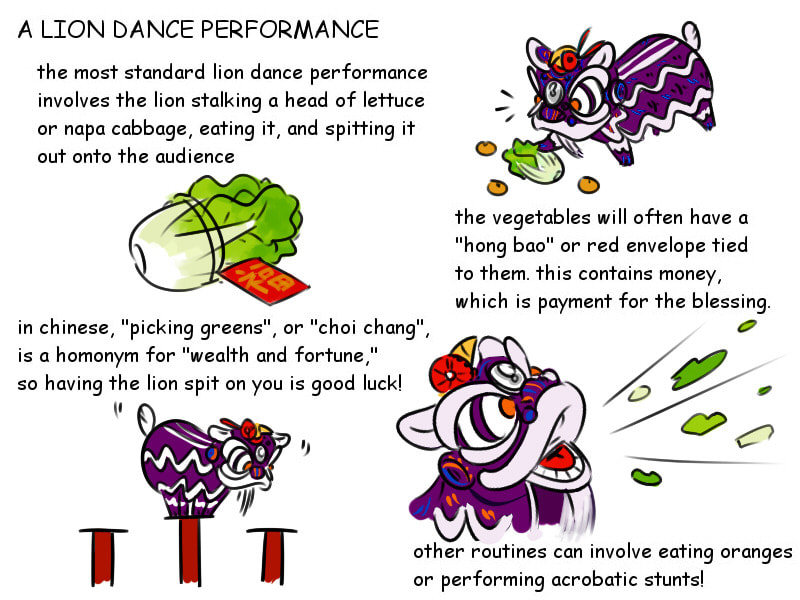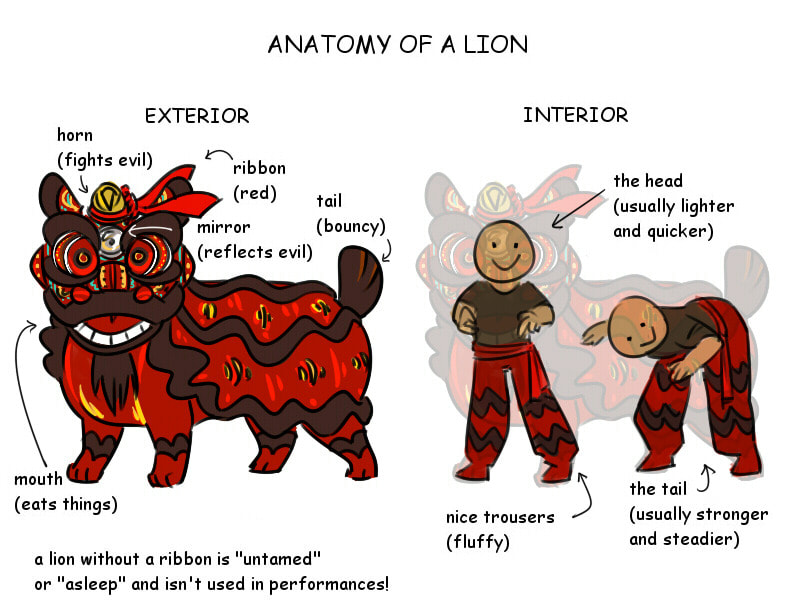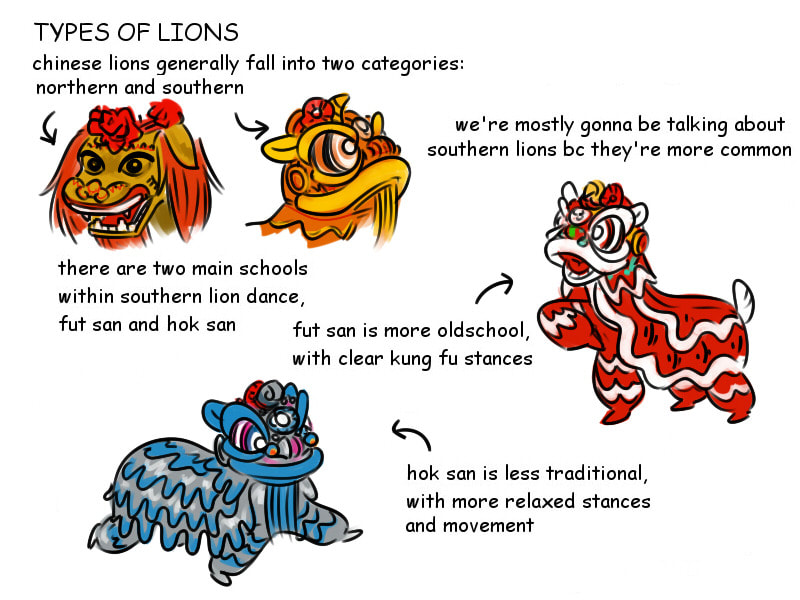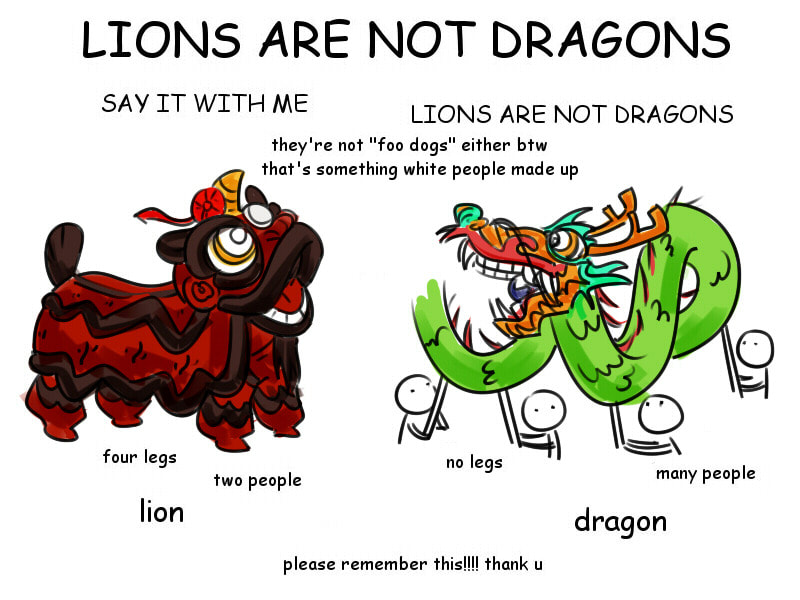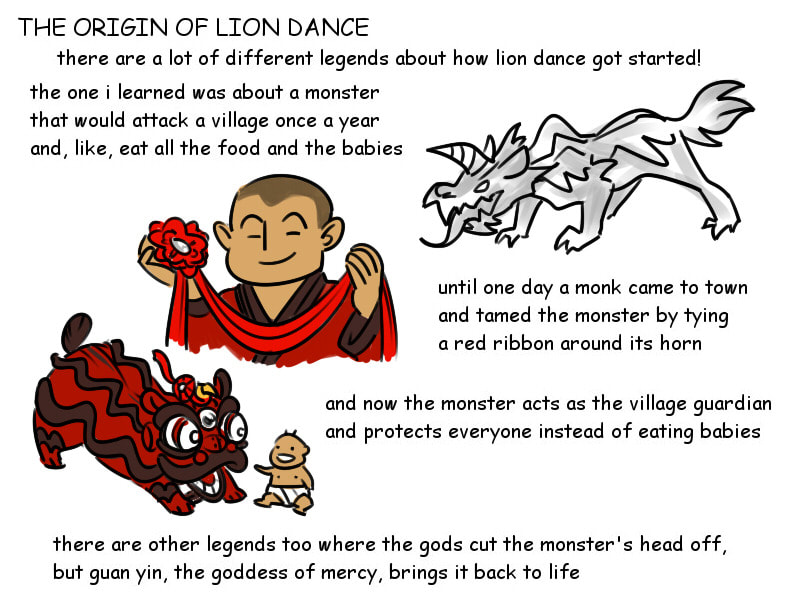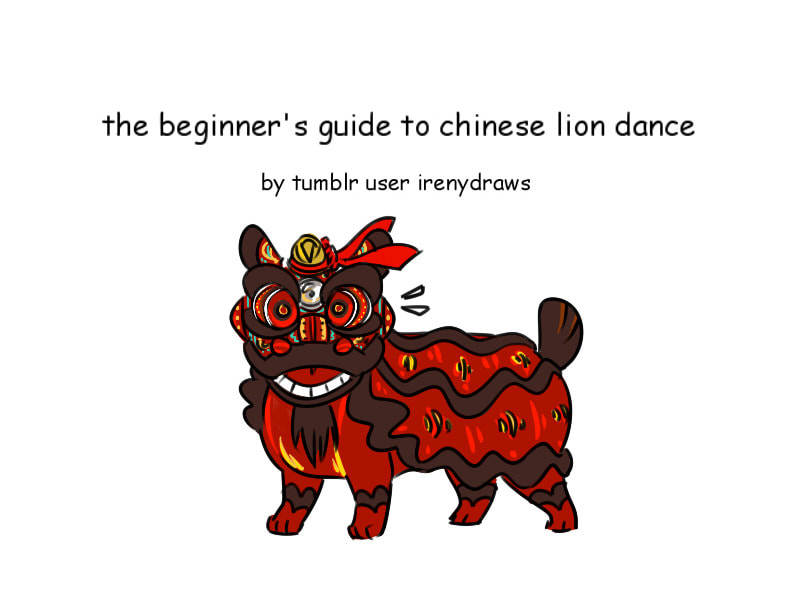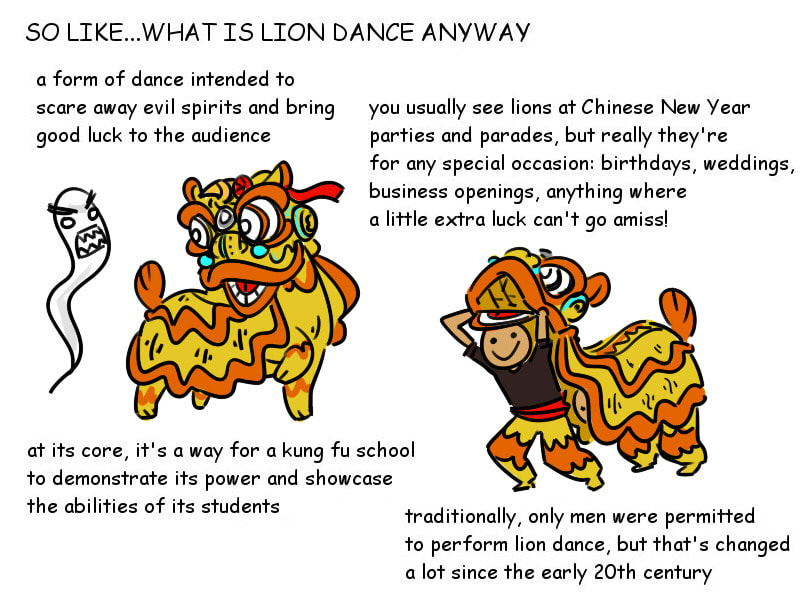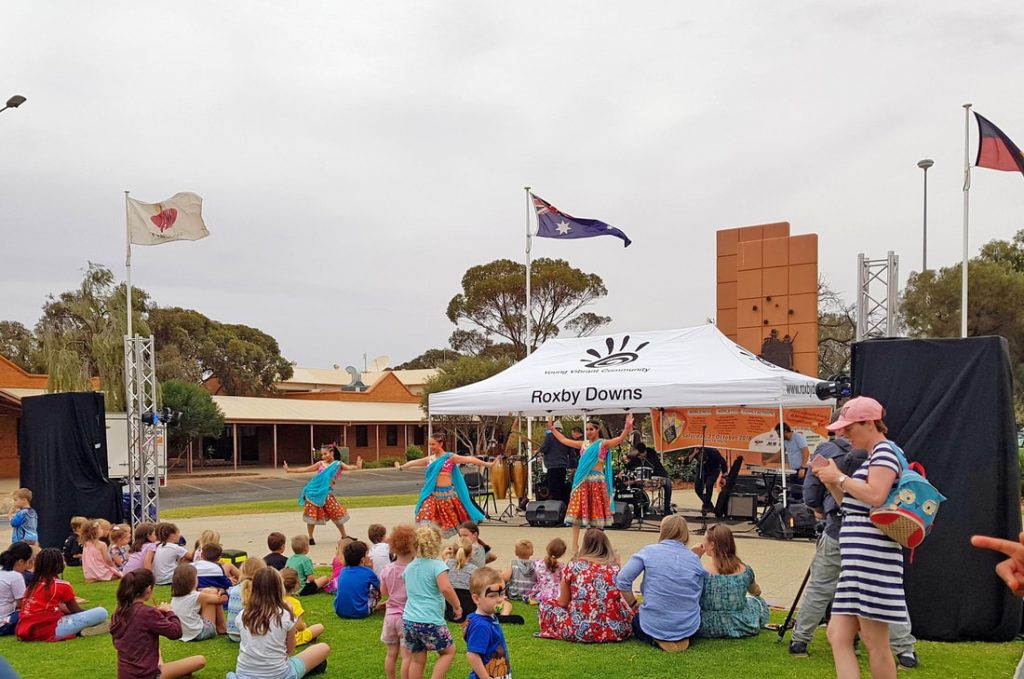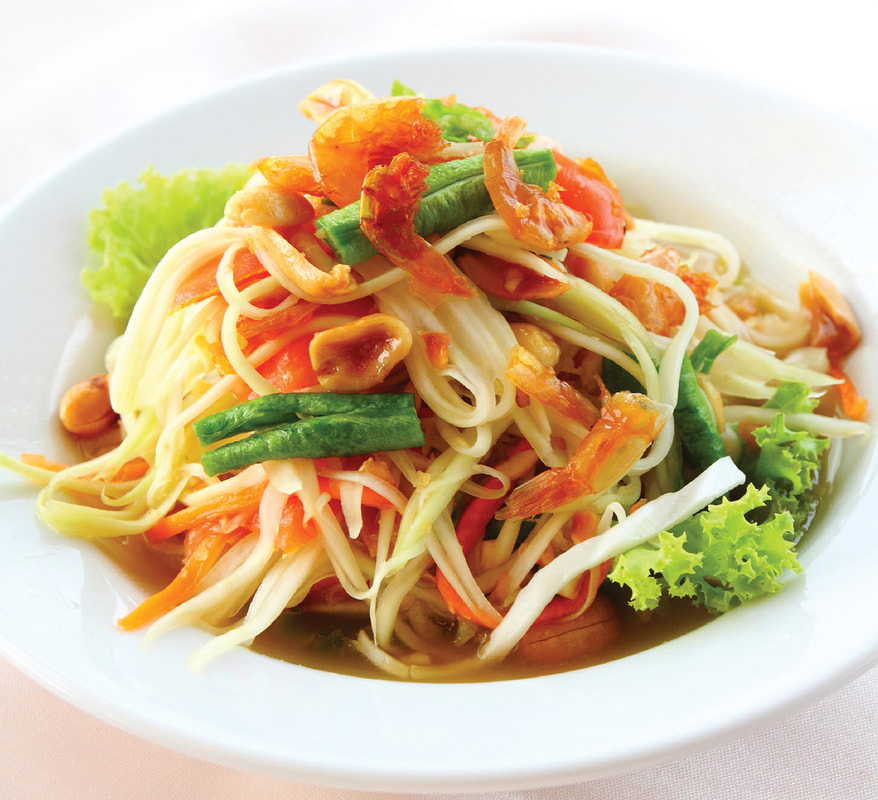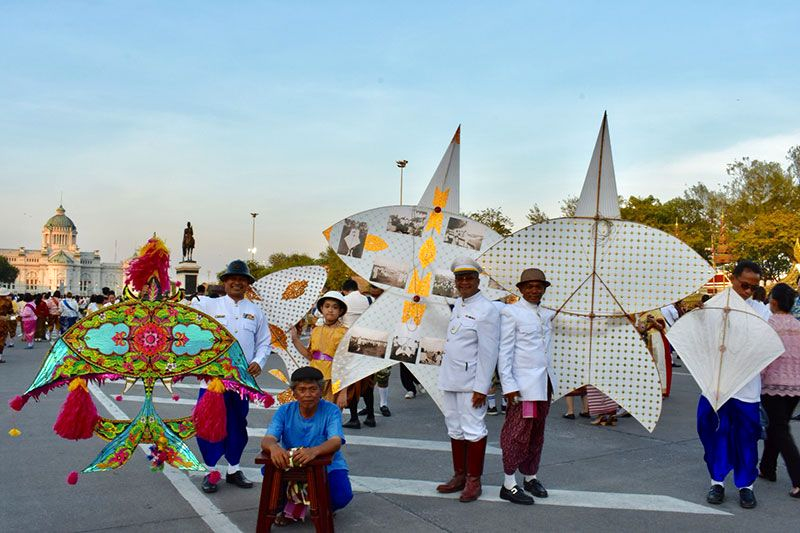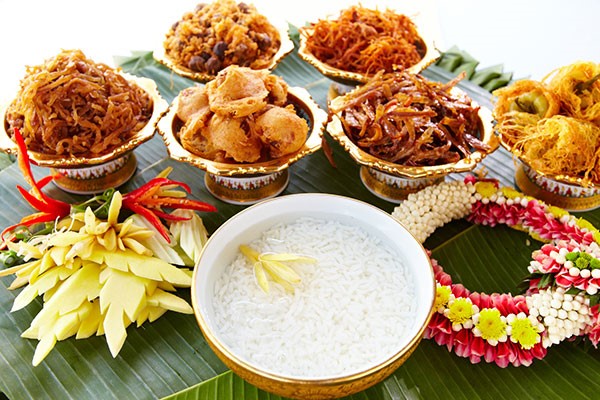Happy Lunar New Year! Amongst the festivities in Australia, you’d be hard pressed to find a Lunar New Year celebration in Australia that doesn’t involve a lion dance
But what is Lion Dance? What should you expect if you go see one?
Lion dance is a form of traditional dance in Chinese culture and other Asian countries in which performers mimic a lion’s movements in a lion costume to bring good luck, fortune and chase away evil spirits. It is usually performed during the Lunar New Year and other traditional, cultural and religious festivals.
The two main types of lion dance in China are the Northern and Southern Lions. The majority of lions in Australian Lunar New Year celebrations are the Southern Lions and this is what we will focus on today.
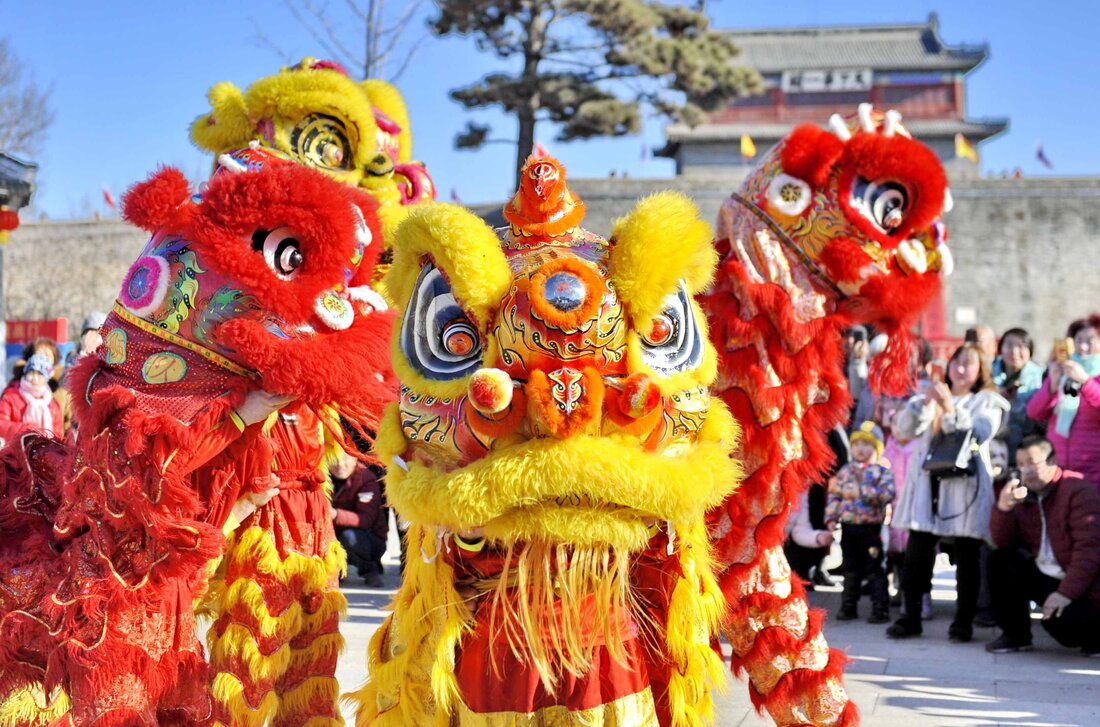
During the Ching Dynasty was a time of war and internal problems, the Emperor of China at that time after a day in battle had a vivid dream. The dream was of a strange beast playing. This beast was lager than a dog but smaller than a horse and although it looked fierce its behaviour was unseemlier to a tiger. The next day being very interested to know what the beast was, the Emperor went to consult his official advisers. The advisers explained to him that this beast he saw was called a lion.
Later that day, after a glorious battle, which the Emperor’s armies won, the same dream, occurred to him. This time being very disturbed by the recurrence of the dream he went to consult his senior and most experienced advisers and consultants. These people explained to the Emperor that the lion was a gift from the gods. Since no lions existed within China, the god’s gift to him was to let the Emperor have everything. (This was deemed a good omen from the gods who favoured the Emperor).
On returning back to the palace after winning the battle, celebrations were evident everywhere. But still in the Emperor’s mind was the dream of the strange beast. Here on ‘talking to many of the Emperor’s court advisers they described to him how to go about and construct the features of this mystical lion. They explained how to use paper, cloth and bamboo to make this beast. The next battle the Emperor had, the lion became the symbol of good fortune for the armies. The battle was won and since then the result of this good omen is what we now call the lion dance.
The lion’s head is traditionally constructed using papier-mâché over a bamboo frame covered with gauze, then painted and decorated with fur. The lion consists of two people, where the front person mans the head of the lion and the back person is the tail. The person controlling the head of the lion controls the facial expressions and mannerisms of the lion head. This is created by blink the eyes, moving the ears, flapping the mouth, changing the angles of the head and moving the waist and feet. The tail is used not only to bring life to the back of the lion but also lifts the front person (head) to perform acrobatic tricks.
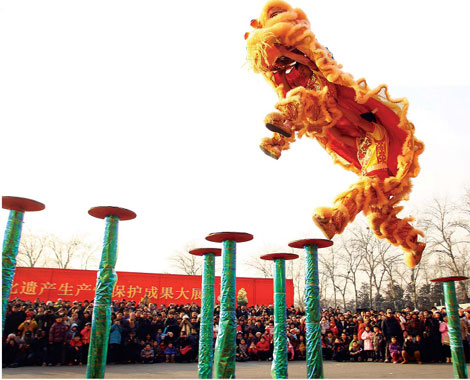 chinadaily.com.cn
chinadaily.com.cnThe drum is the heartbeat of the lion… The cymbals are the atmosphere around the lion… The gong is the conscience of the lion


